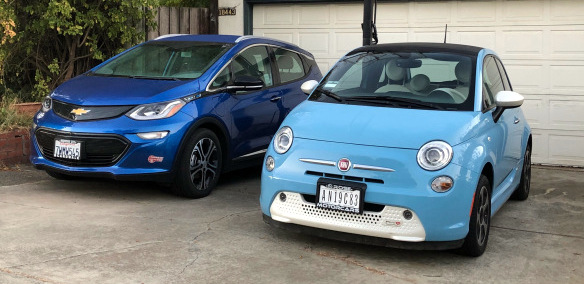EVs Positive Impact Goes Beyond Transportation
Electric vehicle (EV) adoption is accelerating across the U.S. and Canada as more drivers embrace cleaner transportation and governments enact generous incentives to speed the transition. However, the shift is not equally accessible to everyone, especially in low-income communities where upfront purchase costs remain a significant barrier and used EV markets are still developing.
Beyond affordability, infrastructure gaps such as sparse charging networks in underserved neighborhoods and limited access to reliable, affordable energy make adoption more challenging. These equity issues highlight the need for policies and community-driven initiatives that ensure the benefits of EVs are distributed fairly, rather than widening existing social and economic divides.
Reducing Transportation Costs and Increasing Mobility
EVs offer lower fuel and maintenance costs than traditional gas-powered cars. Their streamlined electrical systems require less scheduled upkeep, which spares drivers from routine tasks like oil changes and timing belt replacements.
Even the brake systems last longer thanks to regenerative braking, which reduces wear while capturing energy to extend driving range. For low-income families, access to affordable EVs means more than savings at the pump. It creates dependable mobility that can improve access to jobs, education and essential services.
Expanding Job Opportunities and Workforce Development
The rapid growth of EV manufacturing, charging infrastructure and battery recycling creates new job opportunities beyond the auto industry. Emerging technologies like robotic vehicles also transform workflows by completing tasks in less time and enabling faster response during emergencies.
To ensure these opportunities are inclusive, regions can invest in upskilling and retraining programs that prepare underrepresented groups for roles in advanced manufacturing, grid development and mobility services. These efforts highlight how the EV transition is an environmental milestone and a catalyst for economic mobility and workforce resilience.
Improving Public Health and Community Well-Being
Adopting EVs reduces tailpipe emissions that contribute to smog and poor air quality in densely populated areas. The transportation sector accounts for about 45% of nitrogen oxide emissions in the U.S. Fewer pollutants mean lower rates of respiratory illnesses like asthma and bronchitis, which disproportionately affect children and vulnerable residents in cities.
This shift also aligns closely with environmental justice goals, which ensure communities historically burdened by pollution gain cleaner air and healthier environments. As EV adoption expands, the positive impact extends beyond sustainability, improving daily quality of life and creating more resilient urban spaces for everyone.
Strengthening Local Economies Through Energy Savings
Households that save on fuel and maintenance costs through EV adoption can redirect that money to local economies rather than spend it on expensive and environmentally detrimental oil, creating a ripple effect of economic growth. Despite concerns about energy demand, the global EV fleet currently accounts for only 0.5% of total electricity consumption worldwide. This number shows that grid impact remains relatively small compared to the benefits.
At the community level, charging hubs present new opportunities for small businesses and local entrepreneurs, turning infrastructure into an engine for economic development. Pairing EV growth with renewable energy programs and grid equity initiatives ensures that underserved neighborhoods can access clean transportation and share in the transition toward resilient energy systems.
Building Inclusive Benefits Through EV Adoption
EV adoption empowers low-income communities by lowering transportation costs, improving access to jobs and creating healthier environments through reduced emissions. These benefits are maximized when equity-centered policies and incentives make EVs affordable and charging infrastructure accessible in underserved areas. Community-driven solutions ensure the transition is inclusive, which allows everyone to share in the social and economic gains of cleaner transportation.
The post The Social and Economic Benefits of Electric Vehicle Adoption in Low-Income Communities first appeared on Clean Fleet Report.







